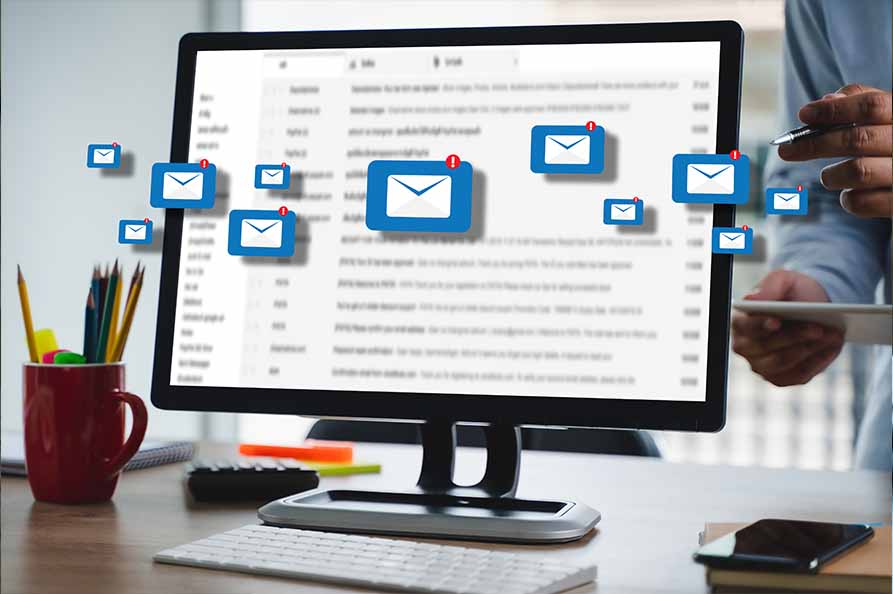In today’s fast-paced digital world, email marketing is a highly effective tool for businesses to connect with their target audience. It provides an opportunity to reach out to potential customers and keep them engaged with the brand. However, with the increasing number of emails in our inboxes, it is important to stand out and make a lasting impression. Personalization is the key to achieving this. In this article, we will discuss the power of personalization in email marketing and how it can help businesses to increase engagement and drive conversions.
Introduction to Email Marketing
– Brief Introduction to Email Marketing
– Importance of Email Marketing
Email marketing is a highly effective tool for businesses to connect with their target audience. It provides an opportunity to reach out to potential customers and keep them engaged with the brand. Email marketing allows businesses to send personalized messages to their customers, providing valuable content, promoting new products or services, and nurture customer relationships.
Understanding Personalization
– What is Personalization?
– Benefits of Personalization
Personalization in email marketing is the process of tailoring emails to specific individuals, based on their interests, behavior, and preferences. It involves using data and analytics to create personalized content that resonates with the recipient. Personalization helps to make emails more relevant, engaging, and effective. It also helps to build trust and establish a strong relationship with customers.
Types of Personalization in Email Marketing
– Name Personalization
– Behavioral Personalization
– Demographic Personalization
– Geographic Personalization
There are several types of personalization that can be used in email marketing. Name personalization involves using the recipient’s name in the email. Behavioral personalization involves using data on the recipient’s behavior to tailor the content of the email. Demographic personalization involves using data on the recipient’s age, gender, income, and other demographic information to create personalized content. Geographic personalization involves using data on the recipient’s location to tailor the content of the email.
Benefits of Personalization in Email Marketing
– Increased Open Rates
– Improved Click-Through Rates
– Higher Conversion Rates
– Improved Customer Retention
– Enhanced Customer Experience
Personalization in email marketing has several benefits. It increases open rates as personalized emails are more likely to be opened by recipients. It also improves click-through rates, as personalized emails are more relevant to the recipient’s interests. Personalization leads to higher conversion rates, as personalized emails are more likely to convert recipients into customers. Personalization also improves customer retention, as personalized emails help to build trust and establish a strong relationship with customers. Lastly, personalization enhances the customer experience, as personalized emails provide valuable content and show that the brand cares about the customer’s needs.
How to Implement Personalization in Email Marketing
– Collect Data
– Segment Your Audience
– Tailor Your Content
– Use Dynamic Content
– Test and Optimize
To implement personalization in email marketing, it is important to collect data on your customers and segment your audience based on their interests, behavior, and preferences. This will help you to tailor your content to their specific needs. Using dynamic content is another way to personalize emails, as it allows you to change the content of the email based on the recipient’s behavior. Testing and optimizing your emails is also important, as it helps you to determine what works best for your audience.
Common Mistakes to Avoid
– Lack of Personalization
– Over-Personalization
– Data Privacy Concerns
While personalization can be a powerful tool in email marketing, there are also some common mistakes to avoid. One mistake is the lack of personalization, which can make emails appear generic and uninteresting. Over-personalization is another mistake to avoid, as it can make emails appear intrusive

